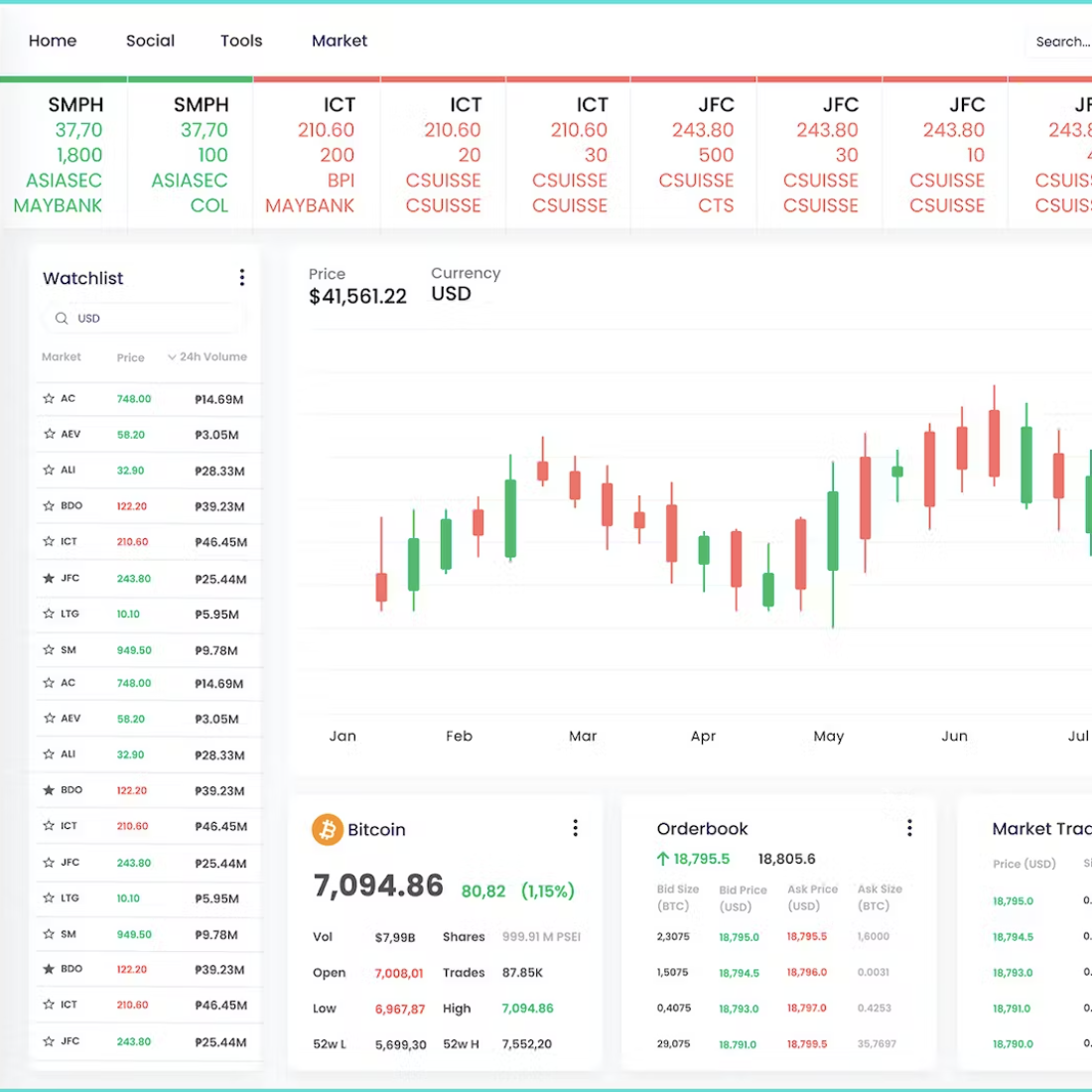
-
Project Title
AlgoTradeFlow: Advanced Algorithmic Trading System
-
Timeline:
20 Days
-
Tech Stack:
Python
-
Demo Link:
-
Client Name:
Project Detail:
AlgoTradeFlow is an automated trading system designed to execute high-speed trades based on predefined algorithms. It aims to capitalize on market inefficiencies and trends, delivering consistent returns while minimizing manual intervention and errors.
Problem Statement:
Traditional manual trading is not only time-consuming but also prone to emotional biases and can't capture the minute market inefficiencies that might arise in split seconds. Additionally, the dynamic and fast-paced nature of modern financial markets demands tools that can instantly react to market data and news.
Solution:
We developed an algorithmic trading system that uses quantitative models and strategies to identify trading opportunities. Leveraging real-time market data feeds, our algorithms make swift buy/sell decisions, ensuring timely execution and optimizing profit margins.
Features:
- Real-time Sentiment Scoring: Continuous evaluation of financial sentiments from multiple sources.
- Interactive Dashboards: Visualization tools for a quick assessment of the market mood.
- Alert System: Notification system for drastic sentiment shifts.
- Historical Sentiment Analysis: Archive and review past sentiments and correlate with market movements.
Use Cases:
- Investment Strategy: Tailor investment strategies based on prevailing market sentiment.
- Risk Management: Adjust financial portfolios in response to sudden negative sentiment spikes.
- Market Prediction: Anticipate market movements by correlating sentiment with historical market behavior.
Data Science Specific Points:
- Data Collection: Implemented web scraping tools to collect data from financial news websites, blogs, and social media platforms. Utilized APIs, where available, especially for platforms like Twitter.
- Data Analysis: Text data underwent preprocessing (tokenization, stemming, etc.) followed by sentiment classification using deep learning models and natural language processing techniques.
- Results: The system successfully identified sentiment trends in correlation with market movements, achieving an 87% accuracy rate in sentiment classification, leading to enhanced market prediction capabilities for our users.
Technologies Used:
- Programming Languages: Python, SQL
- Frameworks: TensorFlow, NLTK, spaCy
- Tools: Elasticsearch, Kibana, Web Scraping tools (BeautifulSoup, Scrapy)
- Databases: Google Cloud Databases